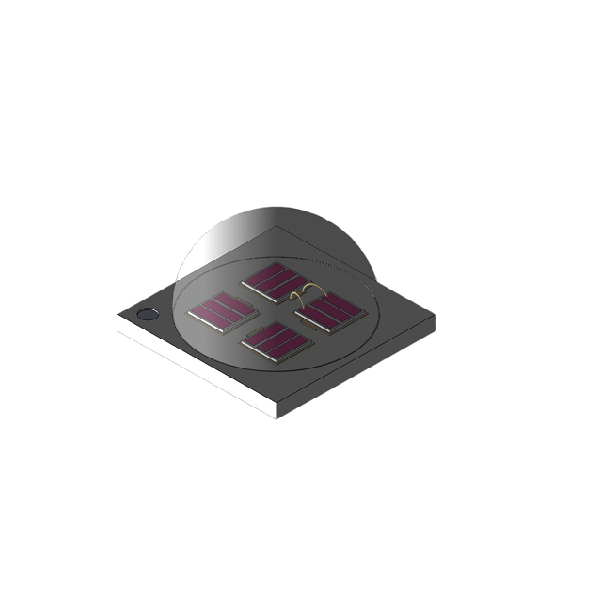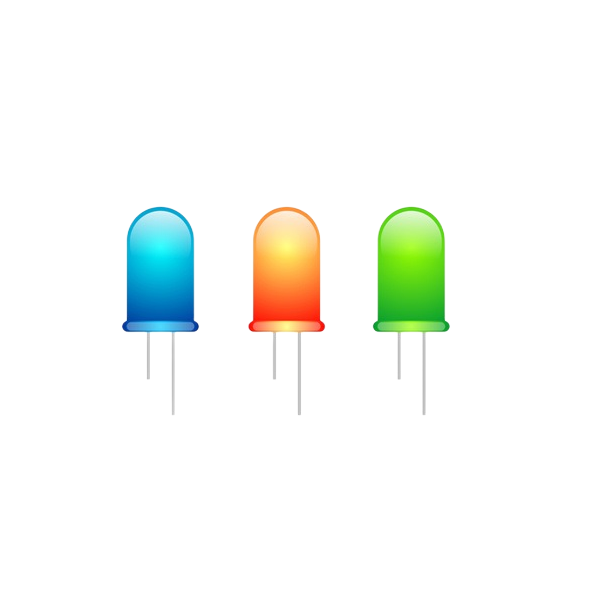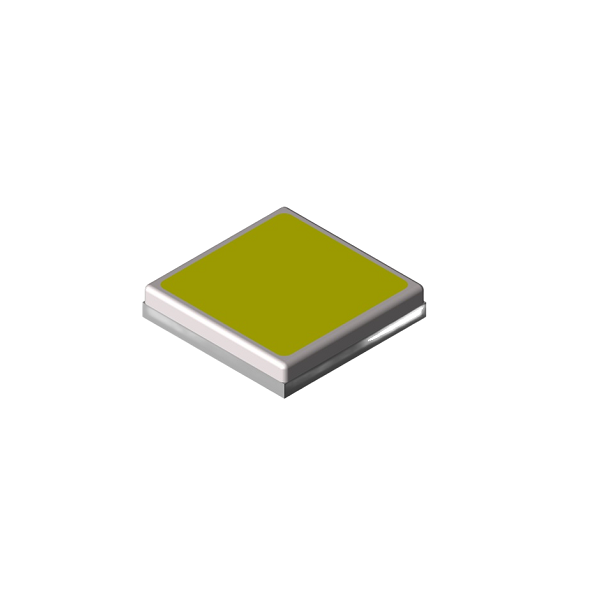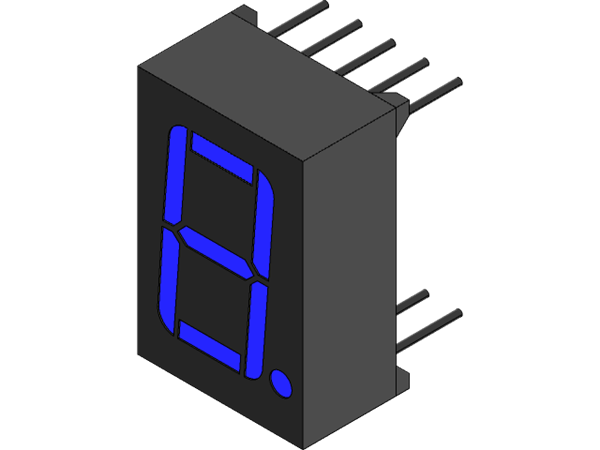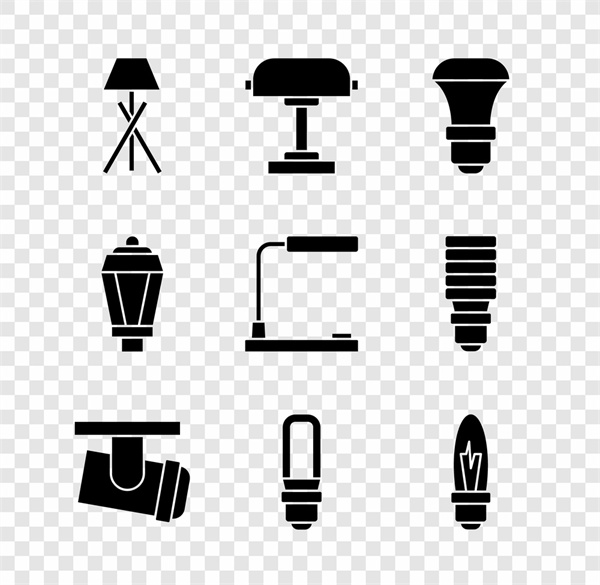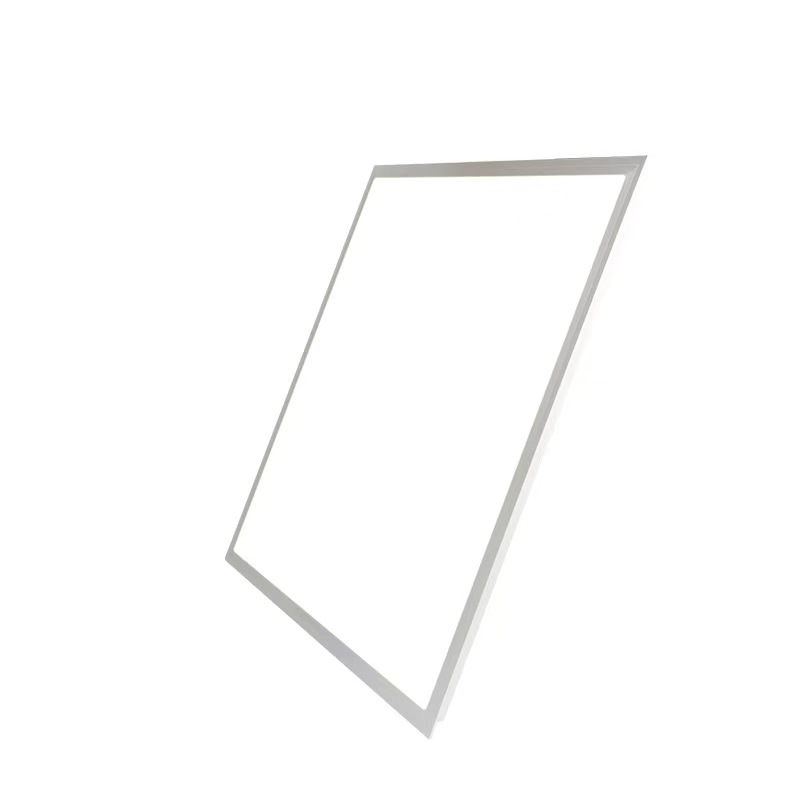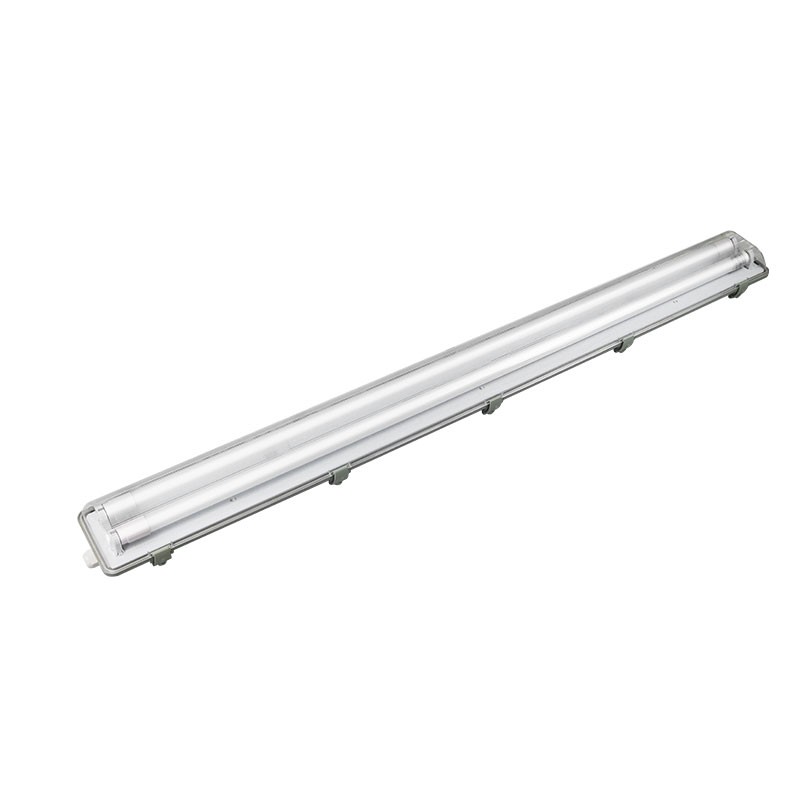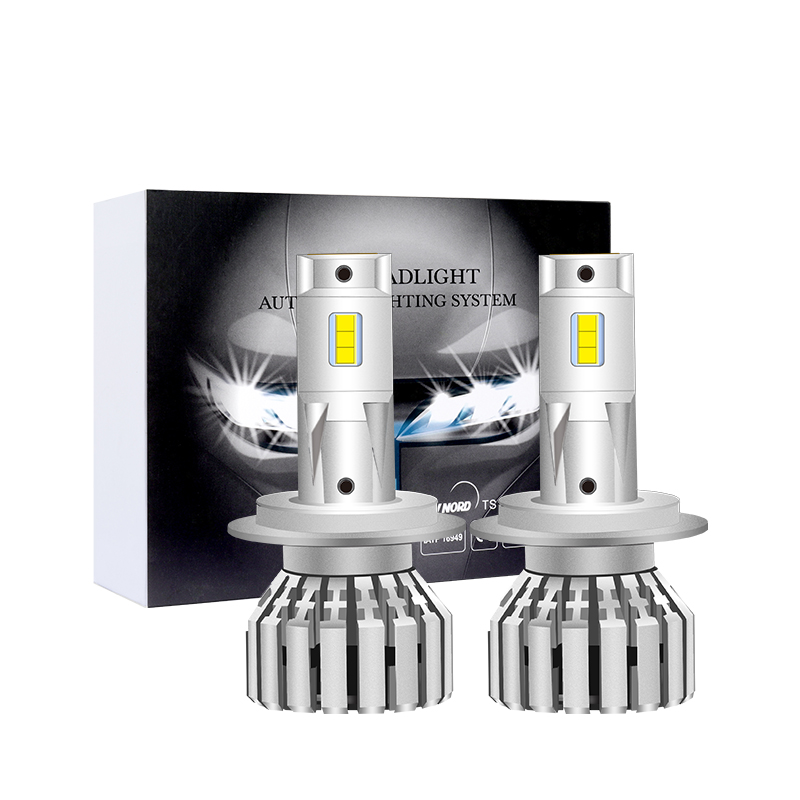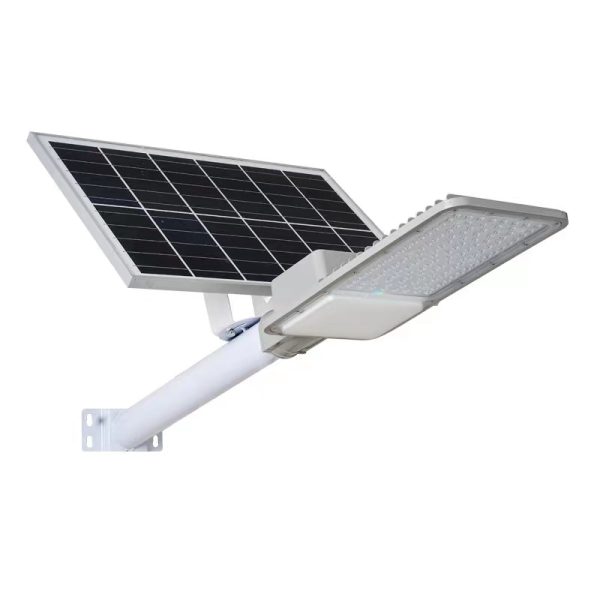the light emitting diode
The light emitting diode, or LED, is a revolutionary technology that has transformed the lighting industry. In this article, we will explore the working principle, benefits, and various applications of LEDs.
The LED operates based on the principle of electroluminescence. When a forward voltage is applied to the LED, electrons and holes combine in the semiconductor material, resulting in the emission of photons. This process produces light in a narrow spectrum, providing bright and efficient illumination.
One of the main advantages of LEDs is their energy efficiency. LEDs convert a higher percentage of electrical energy into visible light, making them more efficient than traditional incandescent or fluorescent bulbs. This not only saves energy but also reduces electricity costs.
LEDs also have a longer lifespan compared to traditional lighting sources. LED bulbs can last up to 50,000 hours or more, reducing the need for frequent replacements. This longevity not only saves money on replacement costs but also reduces waste.
Another benefit of LEDs is their durability. LEDs are solid-state devices, which means they are resistant to shocks, vibrations, and temperature fluctuations. This makes them ideal for use in outdoor lighting, automotive lighting, and harsh environments.
LEDs also offer design flexibility. They come in various shapes and sizes, allowing for creative and customized lighting solutions. LED strips, for example, can be easily installed in tight spaces or curved surfaces, providing versatile lighting options.
LEDs have found applications in various industries. They are commonly used in automotive lighting, providing bright and energy-efficient headlights, taillights, and interior lighting. LEDs are also used in signage, displays, and billboards, offering high visibility and vibrant colors.
LEDs have also found applications in technology and electronics. They are used in backlighting for televisions, computer monitors, and mobile phone screens. LED backlighting offers better color reproduction, higher contrast ratios, and energy efficiency compared to traditional backlighting technologies.
In conclusion, the light emitting diode (LED) is a groundbreaking technology that offers numerous benefits and applications. LEDs are energy-efficient, long-lasting, durable, and provide design flexibility. They are used in general lighting, automotive lighting, signage, horticulture, and various specialized industries. As technology continues to advance, LEDs are expected to become even more efficient, versatile, and affordable, further expanding their applications in the future


